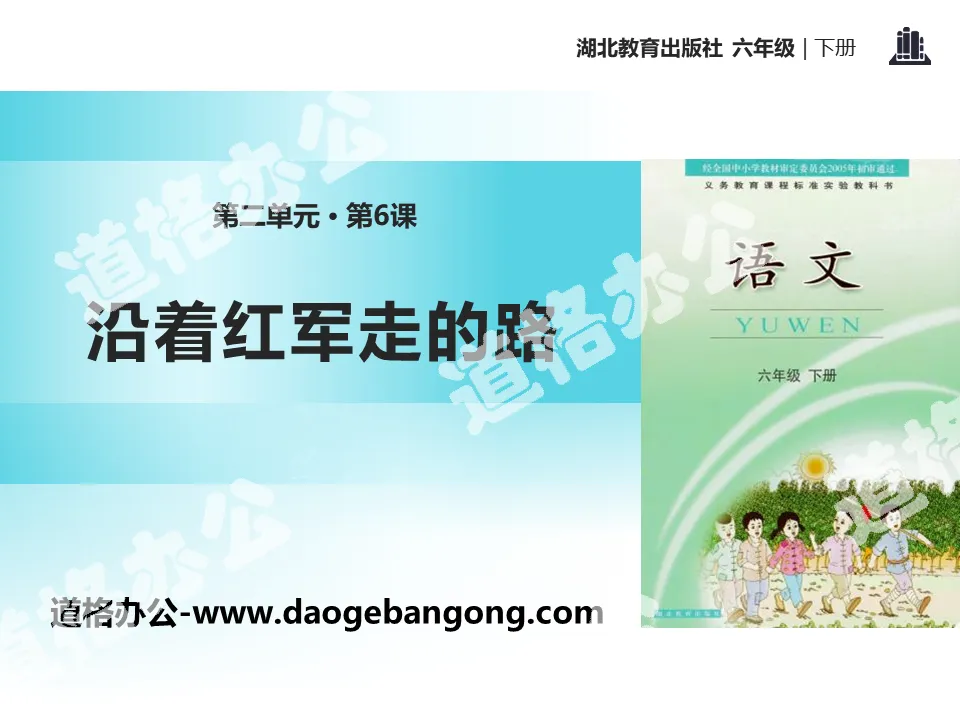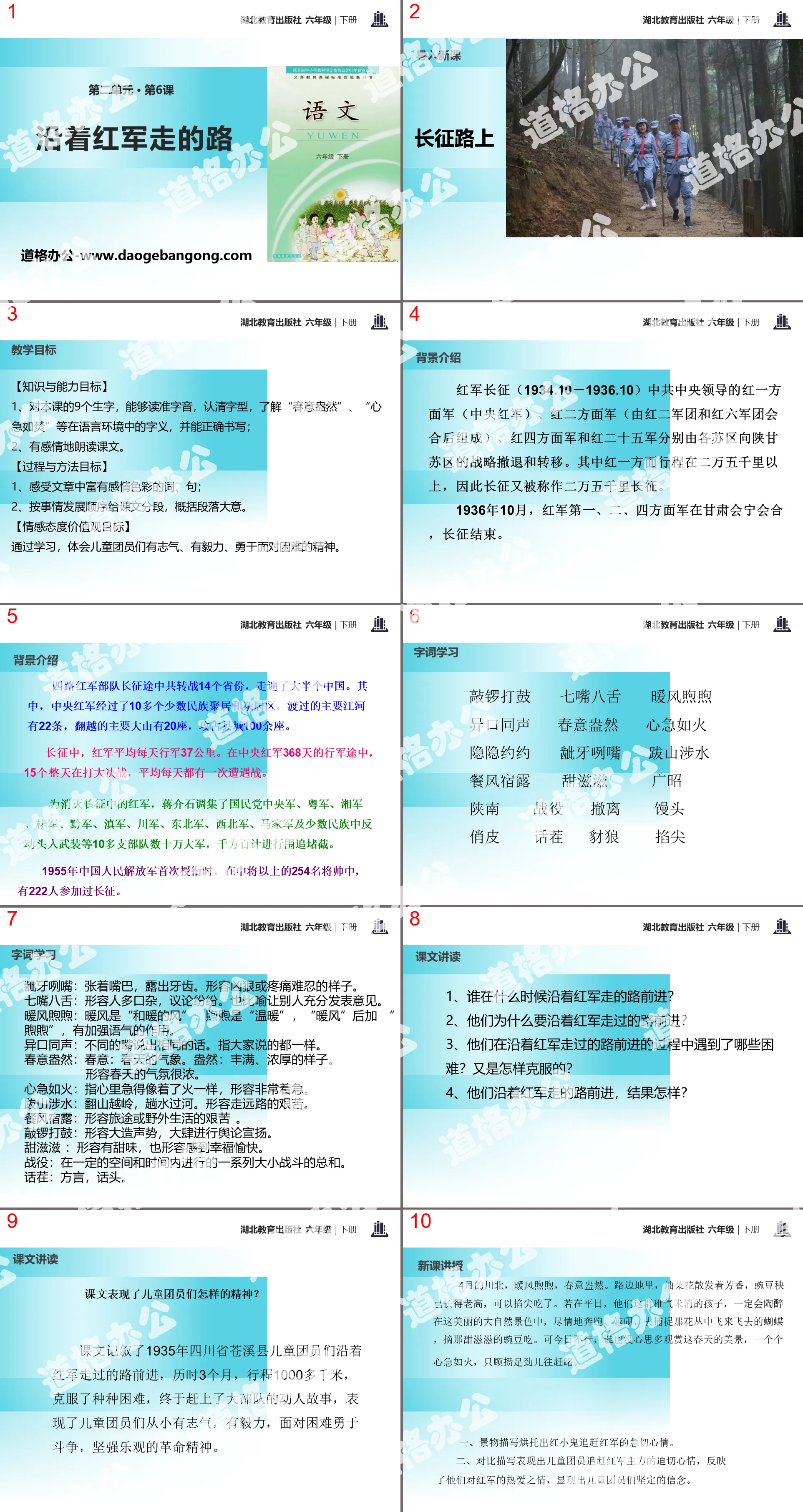The second volume of first-grade Chinese compiled by the People's Education Publishing House
The second volume of fifth-grade Chinese compiled by the People's Education Publishing House
The first volume of Chinese language for eighth grade compiled by the People's Education Publishing House
The first volume of first-grade Chinese compiled by the People's Education Publishing House
The first volume of ninth-grade Chinese compiled by the People's Education Publishing House
The first volume of fourth-grade Chinese compiled by the People's Education Publishing House
The first volume of Chinese language for sixth grade compiled by the People's Education Publishing House
The second volume of Chinese language for eighth grade compiled by the People's Education Publishing House
The first volume of Chinese language for fifth grade compiled by the People's Education Publishing House
The first volume of second-grade Chinese compiled by the People's Education Publishing House
Hunan Education Edition Third Grade Chinese Language Volume 1
The second volume of fourth-grade Chinese compiled by the People's Education Publishing House
The first volume of third-grade Chinese compiled by the People's Education Publishing House
The second volume of second-grade Chinese compiled by the People's Education Publishing House
The second volume of Chinese language for sixth grade compiled by the People's Education Publishing House
The second volume of seventh-grade Chinese compiled by the People's Education Publishing House

| Category | Format | Size |
|---|---|---|
| E-education edition Chinese language for sixth grade, second volume | pptx | 6 MB |
Description
"Following the Road of the Red Army" PPT
Part One: Teaching Objectives
[Knowledge and Ability Goals]
1. For the 9 new characters in this lesson, be able to read the pronunciation accurately, recognize the fonts, understand the meanings of "springy", "anxious", etc. in the language environment, and be able to write them correctly;
2. Read the text emotionally.
[Process and method objectives]
1. Feel the emotional words and sentences in the article;
2. Divide the text into paragraphs according to the order of development and summarize the main ideas of the paragraphs.
[Emotional attitudes, values and goals]
Through study, I can appreciate the spirit of the children's league members who are ambitious, perseverant, and brave enough to face difficulties.
PPT along the path taken by the Red Army, part two: background introduction
The Long March of the Red Army (1934.10-1936.10) The First Red Front Army (Central Red Army), the Second Red Front Army (composed by the merger of the Second Red Army and the Sixth Red Army), the Fourth Red Army, and the Twenty-fifth Red Army led by the Central Committee of the Communist Party of China were formed by each Soviet area. Strategic retreat and transfer to the Shaanxi-Gansu Soviet Area. Among them, the red one traveled more than 25,000 miles, so the Long March was also called the 25,000-mile Long March.
In October 1936, the First, Second and Fourth Front Armies of the Red Army met in Huining, Gansu Province, marking the end of the Long March.
The Fourth Route Red Army troops fought in 14 provinces during the Long March, covering most of China. Among them, the Central Red Army passed through more than 10 areas inhabited by ethnic minorities and mixed communities, crossed 22 major rivers, climbed 20 major mountains, and captured more than 100 county towns.
During the Long March, the Red Army marched an average of 37 kilometers per day. During the 368-day march of the Central Red Army, decisive battles were fought for 15 whole days, with an average of one encounter every day.
In order to eliminate the Red Army during the Long March, Chiang Kai-shek mobilized more than 10 armed forces including the Central Army of the Kuomintang, the Guangdong Army, the Hunan Army, the Guizhou Army, the Guizhou Army, the Yunnan Army, the Sichuan Army, the Northeast Army, the Northwest Army, the Majia Army, and the reactionary leaders of the ethnic minorities. The troops numbered hundreds of thousands and tried every possible means to pursue and intercept them.
When the Chinese People's Liberation Army first awarded titles in 1955, 222 of the 254 generals above the rank of lieutenant general had participated in the Long March.
Along the path taken by the Red Army PPT, the third part: word learning
Beating gongs and drums, chattering, warm breeze
With one voice, the mood of spring is full of joy, and the heart is as anxious as fire.
Vaguely, bared teeth, wading through mountains and rivers
Dining style and sleeping style, sweetness, Guangzhao
Southern Shaanxi Battle Evacuation Steamed Buns
Playful, gossip, jackal, pinch the tip
Grin: Open your mouth and show your teeth. Describes a fierce or unbearable appearance of pain.
Chattering: describes people talking a lot and talking a lot. It is also a metaphor for allowing others to fully express their opinions.
Nuanfeng Xuxu: Nuanfeng means "warm wind" and Xuexu means "warmth". Adding "Xuuxu" after "Nuanfeng" can strengthen the tone.
Speaking in unison: Different mouths speaking the same words. It means everyone is saying the same thing.
Full of spring: spring weather: the weather of spring. Full: plump and thick.
The atmosphere of spring is very strong.
Anxious as fire: Refers to being anxious as if on fire, describing being very anxious.
Traveling over mountains and rivers: climbing over mountains and ridges, wading across rivers. Describe the hardship of walking a long distance.
Dining in the wind and sleeping in the dew: describes the hardships of journey or outdoor life.
Beating gongs and drums: Describes building momentum and publicizing public opinion.
Tianzizi: Describes sweetness, and also describes feeling happy and happy.
Battle: The sum of a series of large and small battles carried out in a certain space and time.
Hua stubble: dialect, Hua Tou.
Along the path taken by the Red Army PPT, the fourth part: text reading
1. Who followed the path taken by the Red Army and when?
2. Why did they want to follow the path taken by the Red Army?
3. What difficulties did they encounter while advancing along the path taken by the Red Army? How did you overcome it?
4. They followed the path taken by the Red Army. What was the result?
What kind of spirit does the text show about the children's league members?
The text narrates the moving story of the children's league members of Cangxi County, Sichuan Province who marched along the road traveled by the Red Army in 1935. It lasted three months and traveled more than 1,000 kilometers. They overcame various difficulties and finally caught up with the large army. Children's League members have had ambition and perseverance since childhood, have the courage to fight in the face of difficulties, and have a strong and optimistic revolutionary spirit.
Living in a temple is better than squatting in the mountains and fields. So they bravely walked inside. The temple, which is usually very popular, becomes even more eerie and terrifying at this time. In the dark shadow, stood a grinning statue of the Four Heavenly Kings, the Eight Great Vajras, the Guanyin Bodhisattva... These timid friends were so frightened that they did not dare to look around. They sat leaning against the wall all night.
Think: What qualities does this passage show about them?
Keywords: Free download of the Chinese PPT courseware for the second volume of the sixth grade of the E-education edition, PPT download along the path taken by the Red Army, .PPT format;
For more information about the PPT courseware "Along the Road of the Red Army", please click the "Along the Road of the Red Army" ppt tab.
"Following the Road of the Red Army" PPT courseware:
"Following the Road of the Red Army" PPT courseware content of the first part: Information treasure bag The Long March of the Red Army (1934.10-1936.10) The First Red Army (Central Red Army) and the Second Red Army (joined by the Second Red Army and the Sixth Red Army) led by the Central Committee of the Communist Party of China Later composed), red four aspects..
File Info
Update Time: 2024-11-22
This template belongs to Chinese courseware E-education edition Chinese language for sixth grade, second volume industry PPT template
"Following the Road of the Red Army" PPT Simple campus recruitment activity planning plan summary enterprise and institution recruitment publicity lecture PPT template is a general PPT template for business post competition provided by the manuscript PPT, simple campus recruitment activity planning plan summary enterprise and institution recruitment promotion Lecture PPT template, you can edit and modify the text and pictures in the source file by downloading the source file. If you want more exquisite business PPT templates, you can come to grid resource. Doug resource PPT, massive PPT template slide material download, we only make high-quality PPT templates!
Tips: If you open the template and feel that it is not suitable for all your needs, you can search for related content "Following the Road of the Red Army" PPT is enough.
How to use the Windows system template
Directly decompress the file and use it with office or wps
How to use the Mac system template
Directly decompress the file and use it Office or wps can be used
Related reading
For more detailed PPT-related tutorials and font tutorials, you can view: Click to see
How to create a high-quality technological sense PPT? 4 ways to share the bottom of the box
Notice
Do not download in WeChat, Zhihu, QQ, built-in browsers, please use mobile browsers to download! If you are a mobile phone user, please download it on your computer!
1. The manuscript PPT is only for study and reference, please delete it 24 hours after downloading.
2. If the resource involves your legitimate rights and interests, delete it immediately.
3. Contact information: service@daogebangong.com
"Following the Road of the Red Army" PPT, due to usage restrictions, it is only for personal study and reference use. For commercial use, please go to the relevant official website for authorization.
(Personal non-commercial use refers to the use of this font to complete the display of personal works, including but not limited to the design of personal papers, resumes, etc.)
Preview










